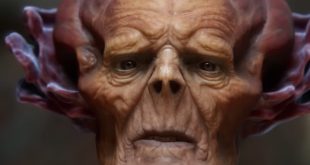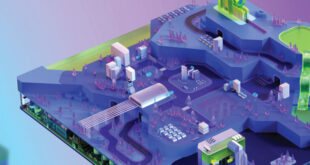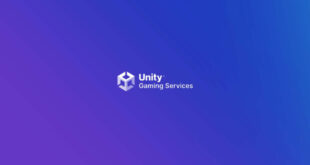All of the staff at Madfinger Games are industry veterans of ten years or more. We used to work on PC and console games like Hidden and Dangerous II, Mafia, Mafia II, Vietcong 2, Rush and Attack, and Silent Hill 8.
We really enjoyed working on these titles, but wanted to work on our own games. So when the iPhone started to gain traction as a gaming device, we saw a great opportunity to found a studio of our own.
In 2009 we started Madfinger Games with myself as programmer and Pavel Čížek as the studio artist.
Our experience from ‘big’ games taught us that you need perfect tools for developing; not just super-fast rendering capabilities. Developing our own technology wasn’t an option, so we were looking for technology that already implemented all the base things like renderer, animation, audio, and so on, but also featured polished tools. In 2009 only a few engines supported iPhone and even less had sophisticated tools.
After a few tests we decided go with Unity 3D. It was an easy and really great choice and all our games now use Unity 3D.
FROM SMALL ACORNS
Initially we created a small game called 15 Blocks Puzzle for testing purposes. We finished it in a few weeks, working with the Unity engine was really a pleasure for us. At this point we all still had day jobs and were working on Madfinger Games in our spare time. Even though we knew the game wouldn’t be a huge hit, we were still disappointed to sell only 150 copies worldwide in the first month.
As fans of God of War and Ninja Gaiden we wanted to create a good hack-and-slash game and were really excited by the iPhone’s touch screen. After some trial and error we came up with the idea for Samurai: Way of the Warrior and drawing gestures on the screen. At this point Tomáš Šlápota and Michal Babjár came aboard to handle the music and art respectively.
The final game looks beautiful on the iPhone 3G and we really like our gesture control scheme and cell-shading technology.
The good thing was that people began to talk about us, we got really good contacts with journalists, and were invited to the Unity Technologies beta program. We won several awards and found an investor in 2010.
Thanks to our new investor, we could start making games in earnest. We set up the official company, left our jobs and started working full time on Madfinger Games.
When we started developing Samurai II: Vengeance, our code base from Samurai I was in really bad shape and hard to work with. We decided to start from scratch and in two months we switched to the Unity 3 beta. We wanted to develop a new code base for our next several games to save money and development time.
Unity 3 is really a step ahead and working with the Unity support team was a pleasure. New beta versions came out fast and they even helped us debug some nasty issues in the final game.
LOOKING AHEAD
We are now busy developing two casual games and porting Samurai II to Android. Unity 3D has become a great multi-platform technology and we are able to create ports in a matter of days.
The other thing we’re pursuing is publishing. We want to help other indie studios with polishing and publishing their games. We know how hard it is to finish game and sell it.
We are not looking for outsourcing or co-development on games, but we can polish their textures, animations, sounds, music, and so on. We hope that this unique approach to publishing will deliver some really good games to players.

 MCV/DEVELOP News, events, research and jobs from the games industry
MCV/DEVELOP News, events, research and jobs from the games industry



